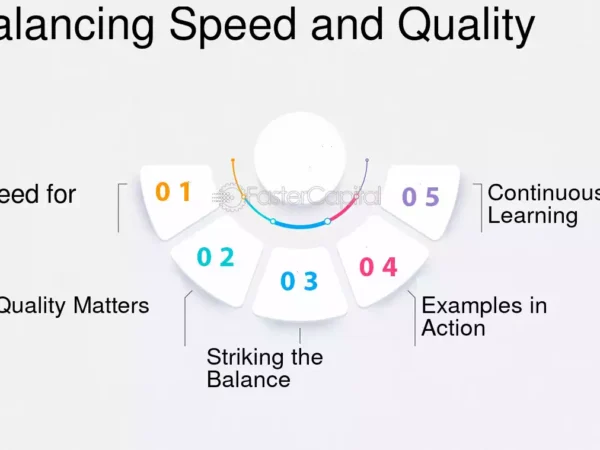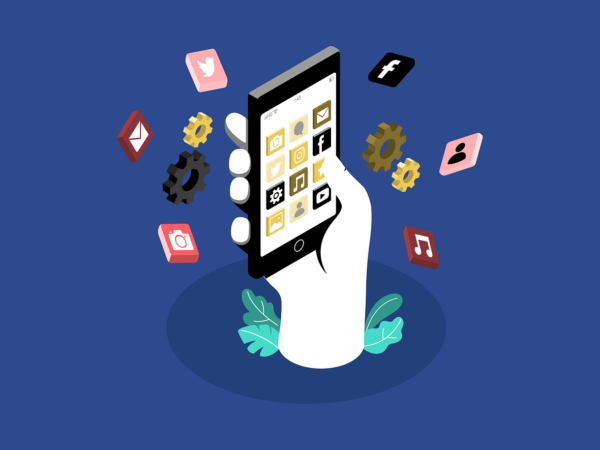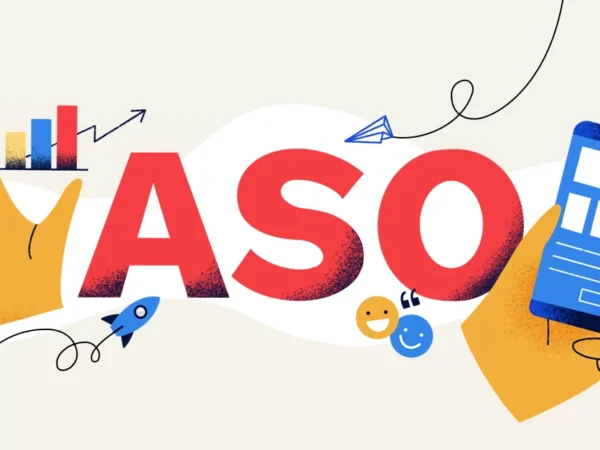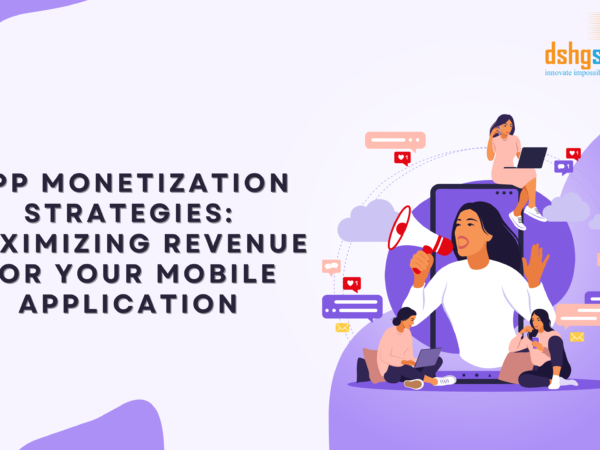If you’re thinking about creating an iOS app but don’t know where to start, you’ve come to the right place. In this guide, we’ll take you through all the steps you need to know to go from having nothing but an idea to getting your app on the App Store for people to use. It doesn’t matter if you’re new to app development or an experienced programmer. We’ll cover everything you need to know to get your software up and running on one of the most popular platforms available. Let’s get started!
Developing an iOS app from idea to App Store involves several steps, including planning, design, coding, testing, and submission. Here’s a comprehensive guide to help you navigate through the process:
Define Your App Idea:
Conceptualization: Clearly Define the Purpose and Functionality of Your App
The conceptualization phase is the foundation of your app development journey. It involves articulating the core idea behind your application and answering fundamental questions such as:
- What problem does your app solve?
- What unique value does it bring to users?
- How does it stand out from existing solutions?
Take the time to brainstorm and outline the key features and functionalities your app will offer. This clarity not only guides your development process but also serves as a touchstone for decision-making throughout the project.
Consider creating a feature list or a user story map to visually represent the app’s functionality. This will help you communicate your vision with your development team, collaborators, or stakeholders, ensuring everyone is aligned with the overarching goals.
Target Audience: Identify Your Target Users and Their Needs
Understanding your target audience is paramount to creating a successful and user-centric app. Key steps in this process include
- Market Segmentation: Divide your potential users into segments based on demographics, preferences, or behavior. This segmentation helps tailor your app to specific user groups.
- User Personas: Develop detailed user personas that represent your ideal customers. Include information such as age, gender, occupation, and challenges they face. This exercise humanizes your audience, making it easier to design for their needs.
- User Stories: Craft scenarios that illustrate how different users will interact with your app. This aids in foreseeing potential pain points and ensures that your app meets the diverse needs of your audience.
Market Research:
- Competitor Analysis: Gain insights into existing apps similar to yours by evaluating their strengths and weaknesses. Analyze their user reviews, feature sets, and overall user experience. Identify opportunities for differentiation and improvement.
- Market Trends: Stay informed about current trends within your app’s niche. This involves keeping an eye on industry publications, attending relevant conferences, and engaging with online communities. Adapting to trends ensures your app remains relevant and competitive.
Wireframing and Design:
- Create Wireframes: Develop skeletal outlines of your app’s screens and interactions. This visual guide helps in establishing the layout and flow, allowing you to iterate on the design before committing to the full development process.
- Design UI/UX: Utilize design tools like Sketch, Figma, or Adobe XD to create polished user interfaces. Focus on creating an intuitive and visually appealing user experience, considering factors such as color schemes, typography, and navigation patterns.
Choose Technology Stack:
- Select Development Tools: Choose the appropriate tools and platforms for your app. For iOS development, this often involves using Xcode. Decide whether you’ll develop in Swift or Objective-C, considering factors like performance and developer expertise.
- Frameworks: Evaluate the use of frameworks such as SwiftUI or UIKit for building the user interface. These frameworks provide pre-built components and tools, streamlining the development process.
Development:
- Coding: Write clean, modular, and maintainable code using Swift or Objective-C. Adhere to coding best practices and utilize design patterns to enhance code readability and scalability.
- Version Control: Implement version control with Git to track changes, collaborate efficiently, and maintain a reliable history of your codebase. Platforms like GitHub or Bitbucket facilitate collaboration among team members.
Testing:
- Unit Testing: Create and execute unit tests to ensure individual components of your app function correctly in isolation.
- Integration Testing: Verify that different parts of your app work seamlessly together to deliver the intended functionality.
- User Testing: Conduct usability testing with real users to gather valuable feedback on the overall user experience. Address any identified issues to enhance user satisfaction.
Debugging and Optimization:
- Identify and Fix Bugs: Use Xcode’s debugging tools to identify and resolve bugs efficiently. Regularly test your app on various devices to catch device-specific issues.
- Optimize Performance: Optimize your app for speed and responsiveness. This involves refining code, minimizing resource usage, and addressing bottlenecks that could affect performance.
Prepare for App Store Submission:
- Apple Developer Account: Enroll in the Apple Developer Program to gain access to necessary resources and tools for app development.
- App Icon and Screenshots: Craft an eye-catching app icon and compelling screenshots that accurately represent your app. These visuals are critical for attracting potential users to the App Store.
- App Store Guidelines: Familiarize yourself with Apple’s App Store guidelines and ensure your app complies with them. This includes meeting design, functionality, and content standards.
App Store Submission:
- Prepare App Assets: Gather all necessary assets, including screenshots, descriptions, keywords, and promotional material.
- Submit to App Store: Follow the submission process on the Apple Developer Portal, ensuring all required information is provided accurately. Be prepared for a review process before your app goes live.
Post-Launch Activities:
- Marketing: Develop a comprehensive marketing strategy to promote your app. Utilize social media, app reviews, and other channels to increase visibility and attract users.
- Gather Feedback: Monitor user reviews and feedback on the App Store. Use this information to identify areas for improvement and respond to user concerns.
- Updates: Regularly release updates with new features, improvements, and bug fixes. This demonstrates your commitment to the app’s ongoing development and enhances user satisfaction.
Monetization:
- Choose a Business Model: Decide on a monetization strategy, such as freemium, in-app purchases, or a one-time payment. Consider what aligns best with your app’s value proposition and target audience.
- Ad Integration: If applicable, explore integrating ads as a revenue stream. Select ad networks that align with your app’s content and target audience.
Analytics and Monitoring:
- Implement Analytics: Integrate analytics tools such as Firebase or Flurry to track user behavior, engagement, and other key metrics.
- Monitor Performance: Use monitoring tools to identify and address issues promptly, ensuring your app remains stable and reliable.
Security:
- Secure Data Transmission: Implement secure communication protocols, such as HTTPS, to protect user data during transmission.
- Data Storage: Apply encryption techniques to safeguard user data stored locally or on servers. Regularly update security measures to stay ahead of potential threats.
Legal Considerations:
- Privacy Policy: Develop a clear and comprehensive privacy policy outlining how user data is collected, stored, and used within your app.
- Terms of Service: Define the terms of use for your app, including user responsibilities and any legal disclaimers. This protects both you and your users.
Support and Maintenance:
- Customer Support: Establish channels for customer support, such as in-app chat or email. Promptly address user inquiries and issues to ensure a positive user experience.
- Continuous Improvement: Regularly evaluate user feedback and analytics data. Plan and implement updates to address user needs, fix bugs, and introduce new features, maintaining a dynamic and competitive app.
Conclusion
The journey from conceiving an iOS app idea to its successful launch on the App Store involves meticulous planning, strategic development, and user-centric design. From the initial conceptualization and market research to wireframing, detailed UI/UX design, and app submission, each stage plays a crucial role in crafting a compelling and functional application. Constant iteration, adherence to Apple’s guidelines, and a commitment to user feedback are essential for long-term success. This comprehensive guide provides a roadmap for aspiring iOS developers, empowering them to navigate the intricate process and bring their innovative ideas to the global audience of the App Store.
Our team at DSHG Sonic can help you turn your business idea into a successful app that taps into the potential of Apple devices and opens doors for new opportunities. We have an experienced team of skilled developers who stay up-to-date with the latest industry trends to deliver the best iOS app for your business needs. Let us help you achieve your business goals! Contact us today!









